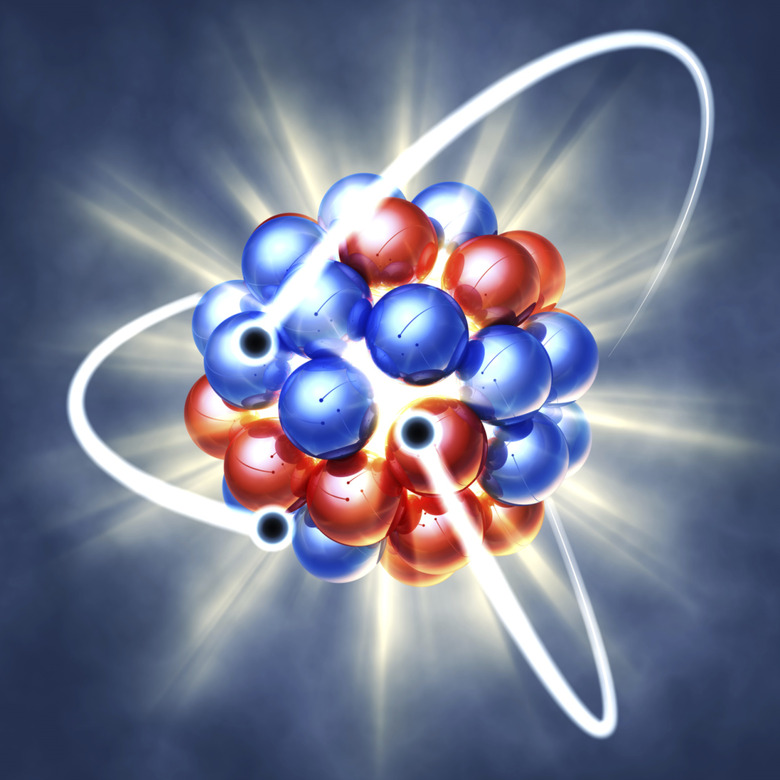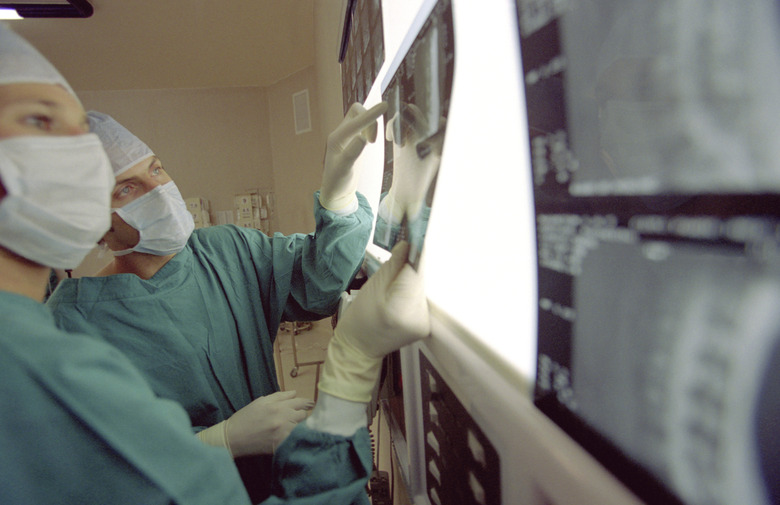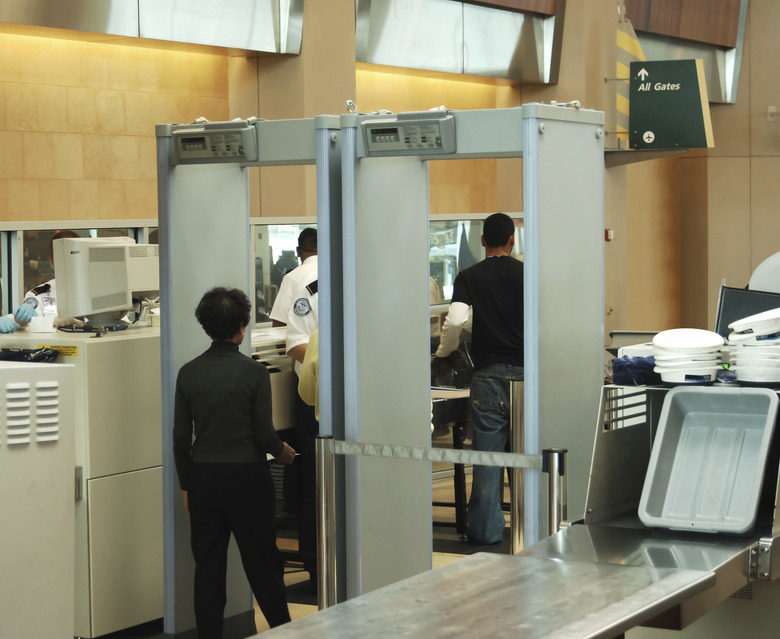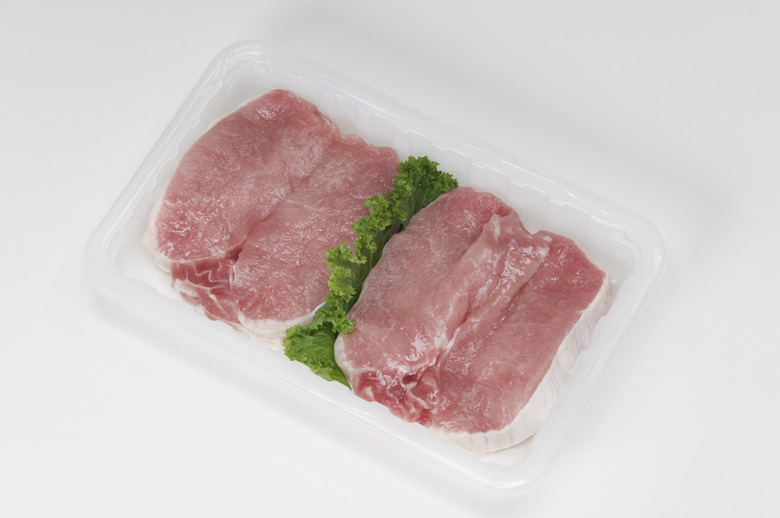What Uses Do Gamma Rays Have?
The discovery of gamma rays is generally credited to French physicist Henri Becquerel in 1896. A high frequency form of electromagnetic radiation, gamma radiation is known to cause types of cancer and other medical issues in human beings. Nevertheless, when used in a controlled environment, gamma rays can be applied to a number of fields from medical science to food preservation with both beneficial and highly effective results when administered in low doses.
Medical Treatment Applications
Medical Treatment Applications
Gamma rays ionize living tissue, causing cancer by producing free radicals. However, because gamma rays also kill bacteria and cancer cells, they have been used to kill certain types of cancer. In a controlled procedure, gamma rays are employed as a "gamma knife" consisting of multiple concentrated beams of gamma rays that are focused directly onto a tumor to kill the cancer cells while leaving the surrounding cells unharmed. Gamma rays have also been used to sterilize equipment as an alternative to chemical treatments.
Medical Diagnostics Applications
Medical Diagnostics Applications
Like other electromagnetic waves, gamma rays can be emitted in different ranges. As a diagnostic tool, gamma rays might be emitted on the same energy range as X-rays. A patient is injected with a nuclear isomer called technetium-99m, a radioactive tracer that emits gamma rays. A gamma camera is then used to form an image of the tracer's distribution in the body by mapping the gamma rays. This image can be used to diagnose a number of conditions from the distribution of cancer cells, to brain and cardiovascular abnormalities.
Industrial Applications
Industrial Applications
Gamma rays are used in an industrial setting to detect defects in metal castings and to find weak spots in welded structures. In a process known as industrial radiography, sections of structures are bombarded with gamma rays which safely pass through the metal. The metal is then observed by portable gamma cameras which show a darkening of the weak points in the structure on a photographic image. Gamma rays are also used to examine airport luggage and cargo. Begun in 2002, the Container Security Initiative has been employing the use of Vehicle and Container Imaging Systems that use gamma rays in much the same way as diagnostic medicine to take gamma ray images of cargo as it is being imported and exported from the United States.
Food Industry Applications
Food Industry Applications
Gamma rays, namely in the form of a radionuclide called cobalt 60, are used to preserve food in the same way as they are used to sterilize medical equipment in that they irradiate decay causing bacteria. Cobalt 60 produces low amounts of gamma radiation, which allows it to kill bacteria, insects, and yeast without causing a lethal dose of radiation in humans. The process also prevents sprouting and ripening of fruits and vegetables, while otherwise causing no significant changes in the food's content.
References
- Elektra: Gamma Knife Surgery
- World Nuclear Association: Radioisotopes in Medicine
- "Popular Mechanics"; If By Sea; David Helvarg; September 2002
Cite This Article
MLA
Wade, Joshua. "What Uses Do Gamma Rays Have?" sciencing.com, https://www.sciencing.com/uses-do-gamma-rays-8286669/. 24 April 2017.
APA
Wade, Joshua. (2017, April 24). What Uses Do Gamma Rays Have?. sciencing.com. Retrieved from https://www.sciencing.com/uses-do-gamma-rays-8286669/
Chicago
Wade, Joshua. What Uses Do Gamma Rays Have? last modified August 30, 2022. https://www.sciencing.com/uses-do-gamma-rays-8286669/




